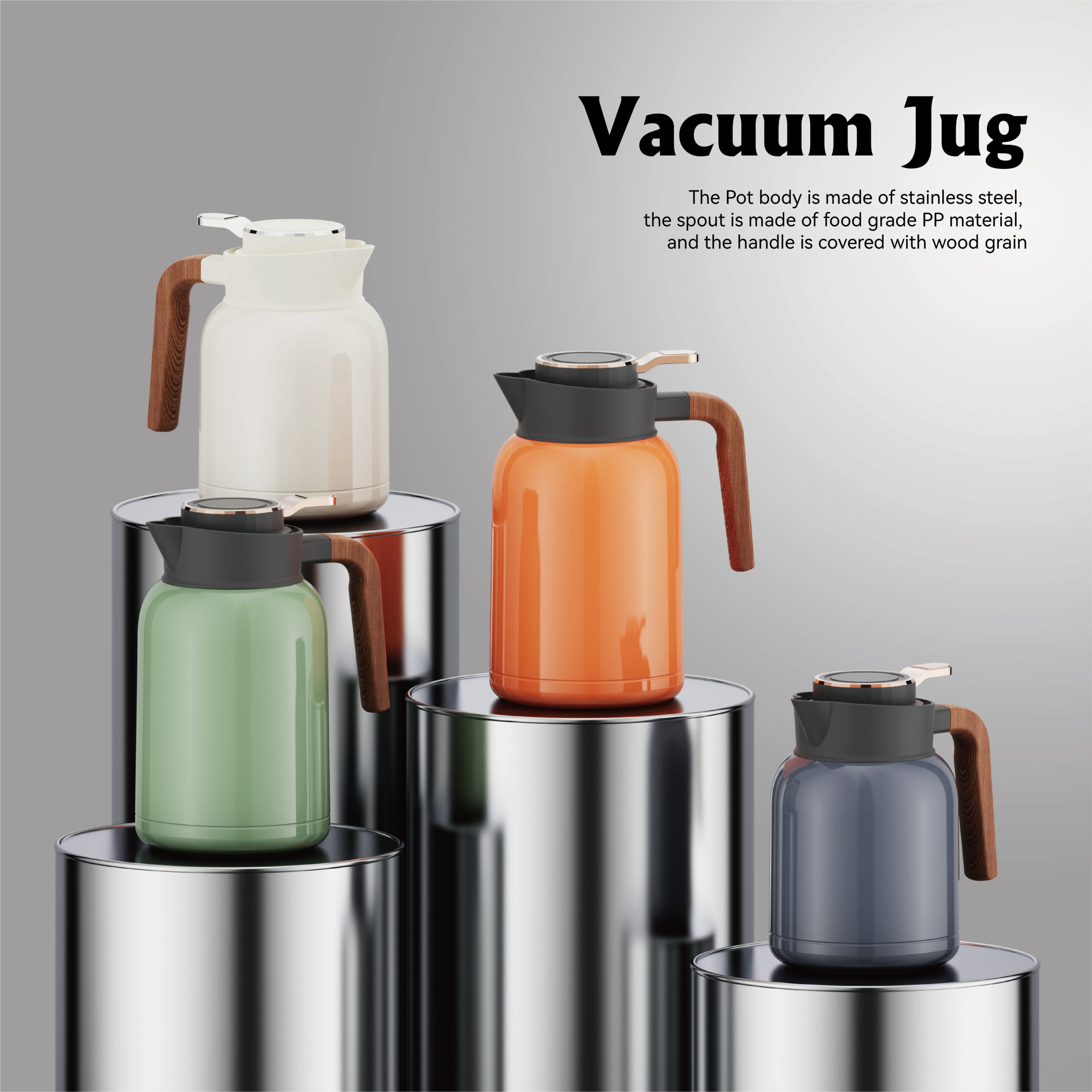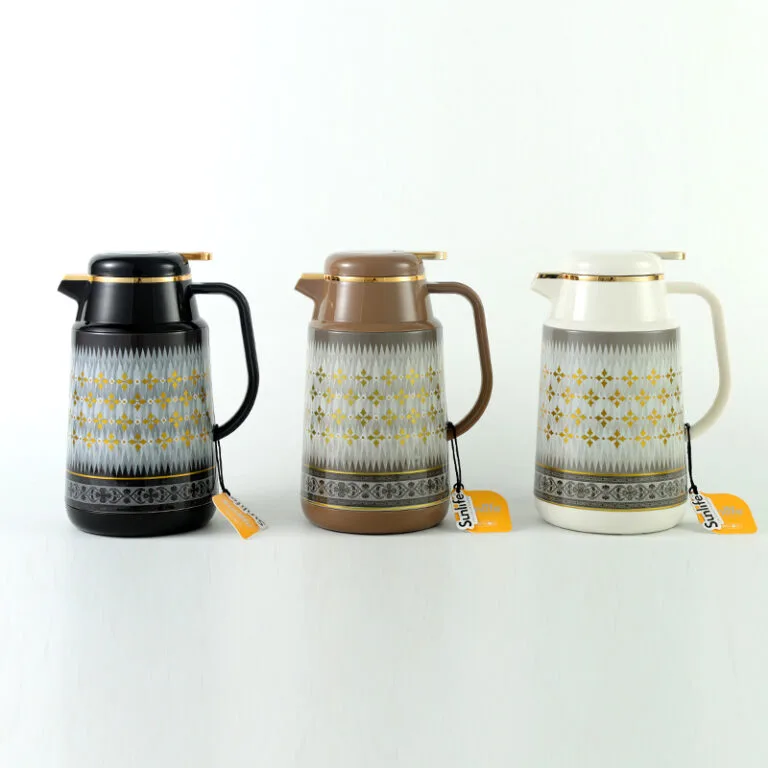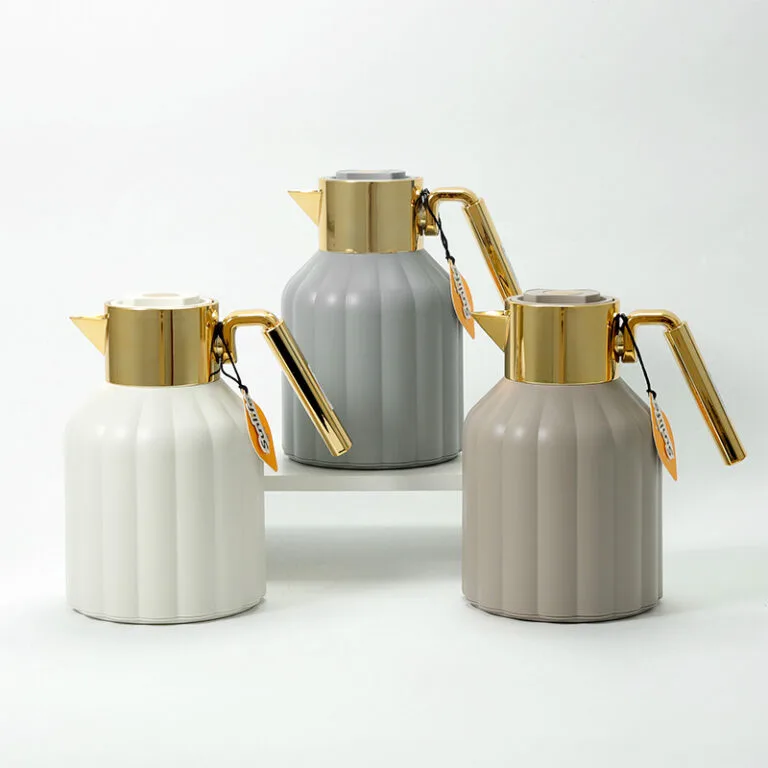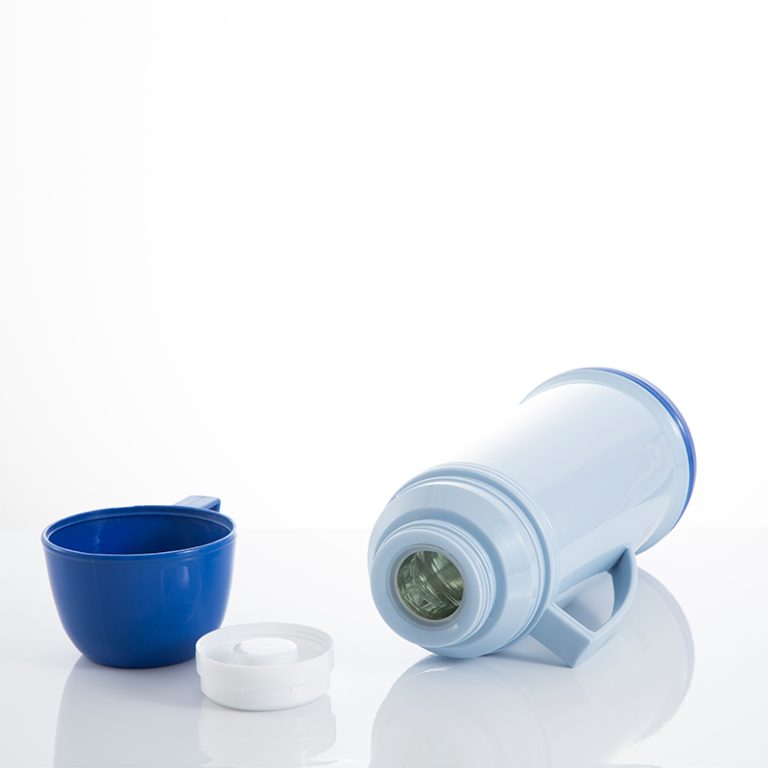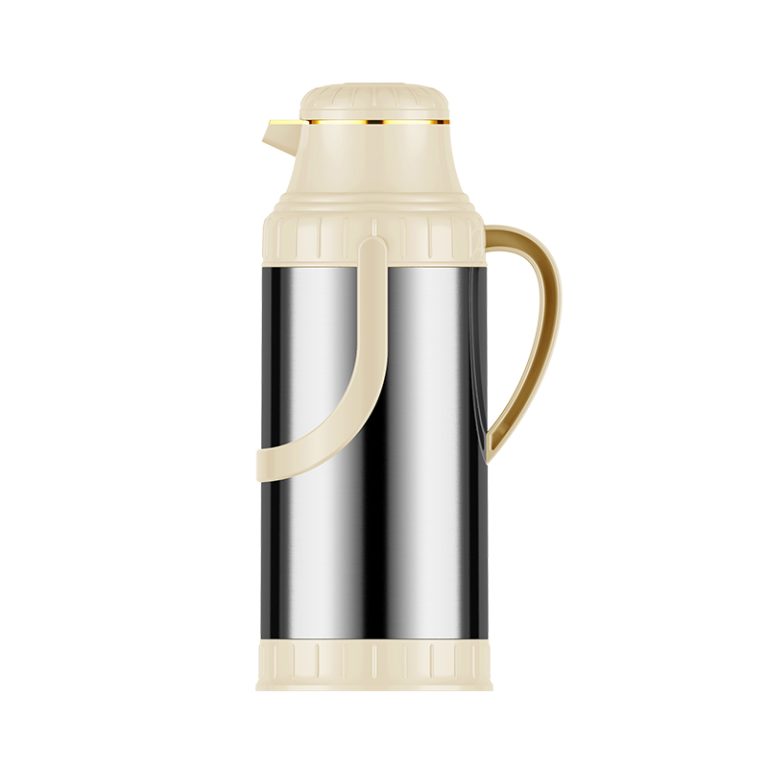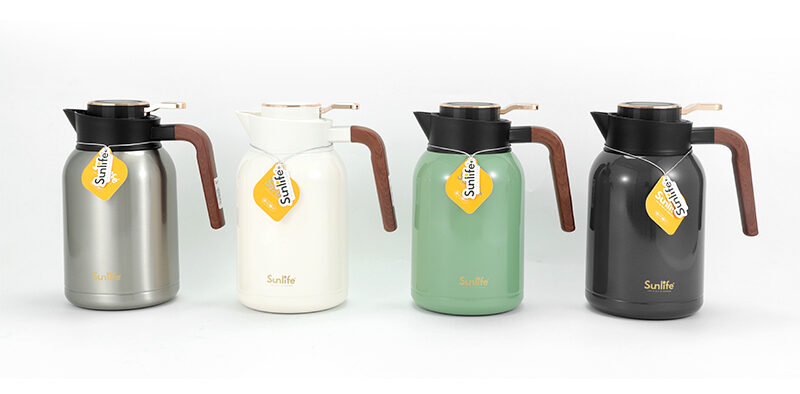
Nothing feels better than a hot coffee on a freezing morning drive or a cold drink during a sweaty summer hike. A stainless steel vacuum jug should nail those moments by keeping your drinks just right for hours. But a junky jug can wreck it all, leaving you with tepid coffee or a bag soaked from leaks. If your jug’s dropping the ball, it’s time to catch the warning signs and grab something better.
This post digs into five dead giveaways your stainless steel vacuum jug is trash. We’ll also toss out simple tips to pick a solid jug that keeps your drinks hot or cold, tastes great, and lasts ages. Let’s get to it.
Sign 1: Your Drinks Lose Their Temperature Fast
A stainless steel vacuum jug’s job is to keep your coffee steaming or your iced tea frosty for hours. If your brew’s lukewarm before you hit the office or your cold water warms up halfway through a workout, the insulation’s weak. A decent jug holds temperatures for 12 to 24 hours. The best ones can even push 36 hours.
Cheap jugs cut corners on insulation. They rely on a vacuum gap between two walls to block heat from sneaking out or creeping in. If the vacuum’s loose or the materials are garbage, heat moves too quick. That leaves your drink at the wrong temperature, which is a drag when you need that hot coffee to power through a morning.
To fix this, grab a jug with sturdy double-wall stainless steel and a tight vacuum seal. Food-grade 304 stainless steel is a great pick for both walls. It locks in heat and keeps your drinks safe to sip. Check the jug’s details for how long it holds heat or cold—aim for 12 to 24 hours at least. A neat trick is to pour hot water (or cold water for chilly drinks) into the jug for five minutes before filling it. This primes the jug to keep your drink’s temperature steady. I learned this after a camping trip where my coffee went cold by noon in a lousy jug. Total bummer.
Sign 2: The Jug Feels Flimsy or Dents Too Easily
Drop your vacuum jug and see it dent like a cheap tin can? That’s a sure sign it’s low-quality. Bad jugs use thin, flimsy stainless steel that buckles with a small bump. It’s not just about looking rough—those dents can mess up the vacuum seal, which hurts insulation over time. A good jug feels solid in your hand and can take a few knocks without caving.
When upgrading, pick a jug made with thick, tough stainless steel, like 18/8 or 304. These don’t dent easily and stay strong for years. You can spot a quality jug by its weight. A carton of 12 jugs weighing 12 to 14 kg shows a tough build compared to lighter, weaker ones. If you’re a bit of a klutz like me, go for a jug with a grippy texture or rubber coating to keep it from slipping. It’s a little thing that saves big headaches.
Sign 3: Leaks or Spills Are a Constant Problem
A leaky vacuum jug is a total pain. If coffee drips into your bag or the lid pops open with a nudge, the seals or lid are probably junk. Cheap plastic parts or bad threading are often the culprits. Nobody wants to deal with spills or a soggy backpack on their commute.
To skip this hassle, choose a jug with a well-made lid and strong seals. Silicone or rubber gaskets give a tight, leak-free fit. Some solid jugs have press-button lids or screw-on caps that pour smoothly without splashing all over. A cleverly designed spout also keeps pouring clean and stops leaks. It’s all about making things easy and mess-free.
Here’s a story: a pal of mine got a bargain jug for a road trip. By day two, it was leaking everywhere, and his car smelled like old coffee for weeks. A jug with a good seal would’ve saved him that mess.
| Feature | Low-Quality Jug | High-Quality Jug |
| Lid Design | Loose, plastic, leaks like crazy | Tight, silicone-sealed, no leaks |
| Pouring Mechanism | Messy, splashes everywhere | Clean, easy pour |
| Durability | Falls apart fast | Tough, lasts forever |
Sign 4: Your Coffee Tastes Off or Metallic
If your coffee tastes like metal or loses its bold kick after a few hours, your jug’s materials are likely the problem. Some cheap jugs use low-grade stainless steel or coatings that react with drinks, especially acidic ones like coffee or lemon water. This screws up the flavor and might even be unsafe.
To fix this, get a jug with food-grade 304 stainless steel for the inner lining. This material doesn’t mess with your drinks, so your coffee stays rich and fresh. Quality jugs are tested to stop chemicals from leaching into your beverage, keeping it safe and tasty. Look for BPA-free options if plastic parts worry you. I had a cheap jug for my morning espresso once, and by noon, it tasted like I brewed it with rusty pipe water. Switching to a food-grade stainless steel jug was a total game-changer—my coffee stayed perfect all day.
Sign 5: The Jug Looks Worn Out Way Too Soon
If your vacuum jug gets scratched, chipped, or rusty after just a few months, it’s not built to last. Low-quality jugs often use thin coatings or cheap steel that rusts fast. A jug that looks beat-up after light use isn’t just ugly—it’s a sign it’ll quit on you soon.
When upgrading, go for a jug with a tough powder-coated finish or polished stainless steel exterior. These hold up against scratches and keep looking sleek for years. Jugs with customizable colors via the Pantone Matching System give you a bright, lasting finish that matches your vibe. Quality jugs often have a minimum order quantity of about 3600 pieces for custom orders, showing they’re made with care and consistency. That kind of attention means retail products that won’t give up on you.
A great stainless steel vacuum jug does more than dodge cold coffee or spills. It makes your day better—whether you’re at work, hiking, or chilling at home. A solid jug keeps drinks at the right temperature, locks in their flavor, and takes daily wear like a champ. With options like different colors, logos, or sizes (from 0.45L to 5.0L), you can find one that fits your life and looks cool doing it.
A Brief Introduction to Zhejiang WeiLai Daily Necessities Co., Ltd
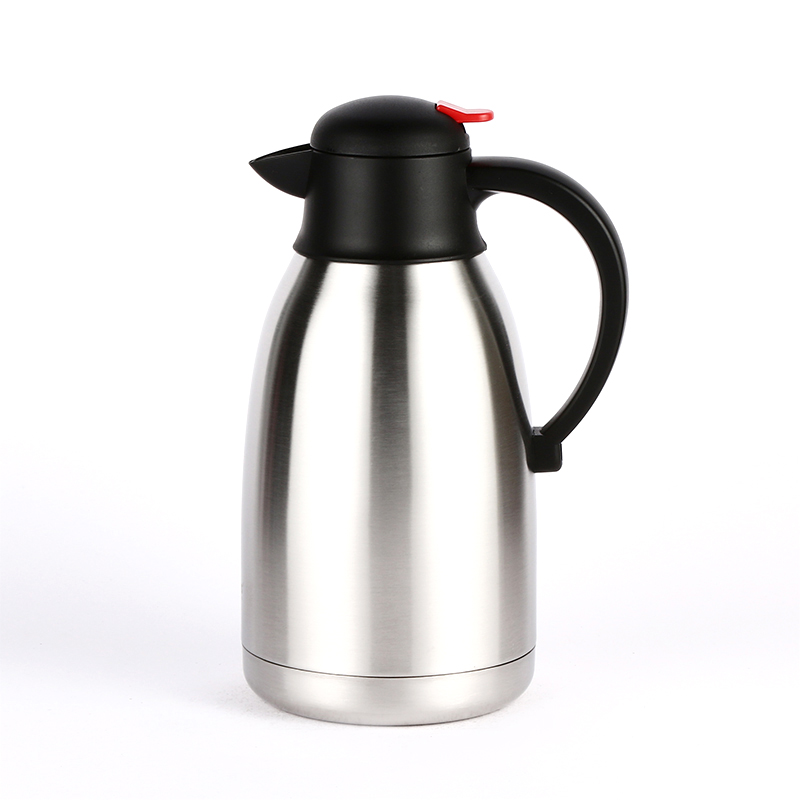
Based in Yiwu, Zhejiang—the world’s go-to spot for small commodities—Zhejiang WeiLai Daily Necessities Co., Ltd has been a big deal in stainless steel vacuum jugs since 1996. They’ve got over 100 patents and run brands like Sunlife. Their jugs use top-notch vacuum insulation and food-grade materials. They roll out new designs every couple of months, each keeping drinks hot or cold for 12 to 36 hours. Whether you want a 1.0L coffee pot or a 3.2L thermos, their customizable, sturdy products work for coffee fans and businesses alike. You’re getting quality you can count on.
Conclusion
A lousy stainless steel vacuum jug can turn your coffee routine into a headache, with tepid drinks, leaks, weird tastes, or a worn-out look too soon. By catching the signs—bad insulation, flimsy builds, leaky seals, off-flavors, or quick wear—you’ll know it’s time to upgrade. A great jug, made with tough materials, tight insulation, and smart design, keeps your drinks just right, tastes fresh, and lasts for years. Whether you’re a busy worker, an outdoor junkie, or just someone who loves hot coffee, ditch the crummy jug and grab one that works.
FAQs
How do I know if my stainless steel vacuum jug is low-quality?
You’ll notice stuff like drinks cooling off in under 12 hours or warming up too fast. Dents or scratches from light use are a red flag. Leaks from a loose lid, strange tastes in your coffee, or a beat-up look early on all scream cheap materials and bad build.
Why is a high-quality stainless steel vacuum jug worth the cash?
A top-tier jug uses food-grade 304 stainless steel and solid insulation. It keeps drinks hot or cold for 12 to 24 hours. It holds onto flavor and stays tough through years of use. It’s a smart buy for better coffee or tea every day.
Can I make my stainless steel vacuum jug match my style?
You bet. Lots of quality suppliers let you pick colors with the Pantone Matching System or add your logo. You can also choose sizes from 0.45L to 5.0L. That way, your jug looks awesome and works great.
How do I keep my stainless steel vacuum jug in good shape?
Wash it often with warm, soapy water and a bottle brush to get rid of coffee gunk. Don’t store smelly liquids that can stick around. Preheat or pre-cool the jug before filling it. This keeps it working like new for ages.
Why shouldn’t I put carbonated drinks in a stainless steel vacuum jug?
Carbonated drinks let off gas that builds pressure inside the jug. That can mess with the seals, cause leaks, or even break the jug. Stick to non-fizzy stuff like coffee, tea, or plain water to keep things safe and working right.

